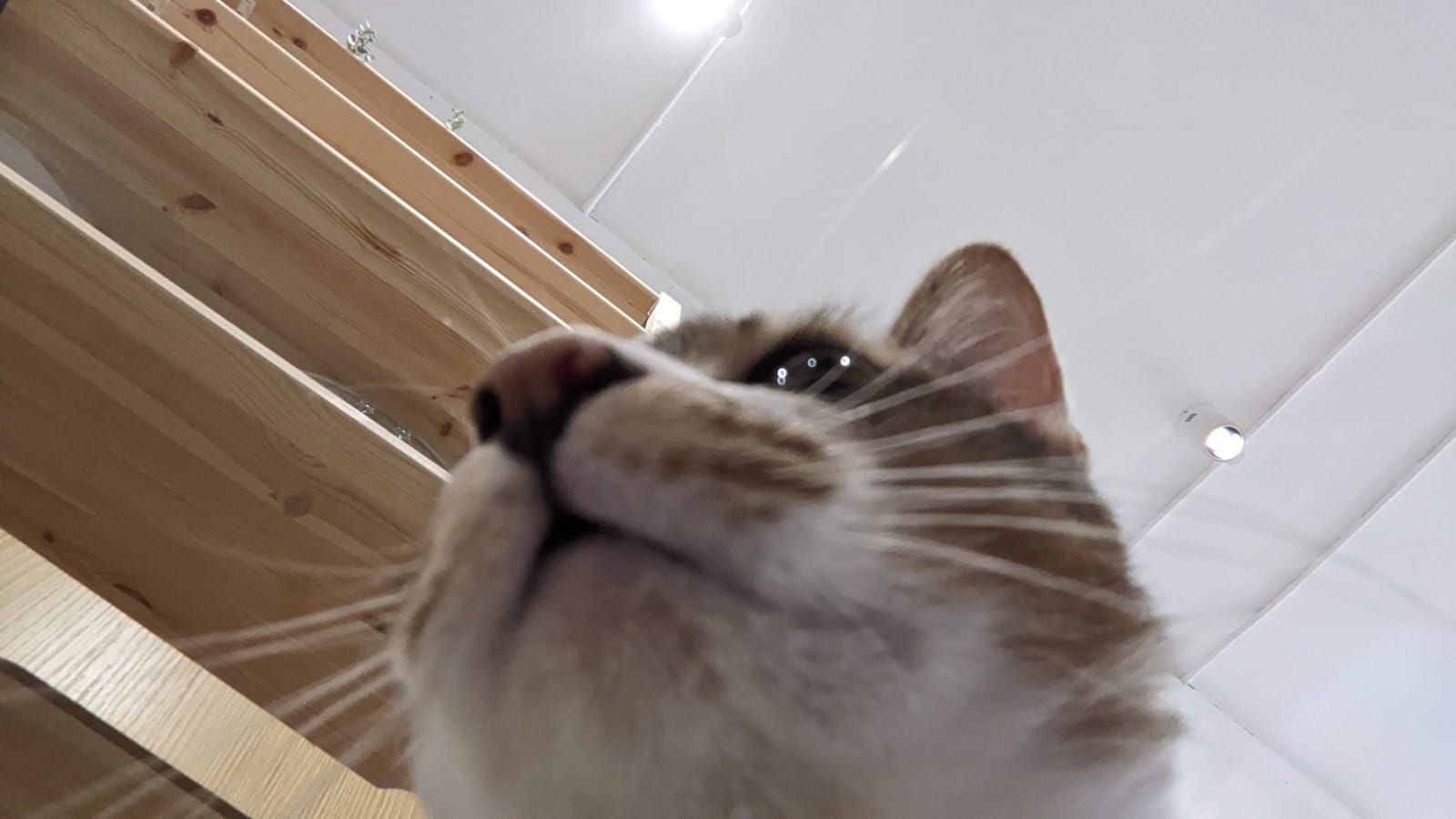
Cats have captured our hearts for centuries with their big eyes, soft fur, and endearing behaviors. But why are cats so cute? The answer lies in a mix of science, evolution, and psychology. Let’s dive into the fascinating reasons behind their universal appeal.
The Power of Baby-Like Features (Neoteny)
Cats possess a trait called neoteny, where adult animals retain juvenile characteristics. This evolutionary phenomenon triggers a nurturing response in humans. Their large eyes, round faces, and small noses mimic the features of human babies, making us instinctively want to protect and care for them.
The Science of “Cute”
Scientists have studied why certain features appear universally appealing. According to research, symmetry, proportional features, and soft textures activate the brain’s reward centers, releasing feel-good chemicals like dopamine. Cats, with their perfectly balanced facial features and soft fur, are a textbook example of this phenomenon.
The Role of Behavior in Cuteness
It’s not just about appearances—cats’ behaviors are equally charming. From their playful pounces to their quirky head tilts, these actions evoke strong emotional connections.
Purring and Its Effects on Humans
One of the most irresistible traits of cats is their purring. Studies suggest that the sound frequency of a cat’s purr can reduce human stress levels and even promote healing. This soothing vibration is one reason why spending time with a cat feels so calming and enjoyable.
Playful and Quirky Antics
Cats are natural entertainers. The sillyness they display makes cats so cute. Their spontaneous zoomies, playful batting at toys, or attempts to fit into impossibly small spaces bring endless joy. These behaviors, often reminiscent of human toddlers, further strengthen the emotional bond we feel toward them.

Evolutionary Roots of Cuteness
Cats evolved alongside humans as both predators and companions. Their survival depended on forming bonds with people, and their cuteness played a key role in securing their place in human households.
Domestication and Selective Breeding
Humans have selectively bred cats for thousands of years, often favoring traits like plush fur, expressive eyes, or unique patterns. This intentional breeding has enhanced their aesthetic appeal over time.
Communication Tailored for Humans
Unlike wild animals, domesticated cats developed ways to communicate effectively with humans. For example, their meows mimic the pitch and tone of a crying baby, further activating our nurturing instincts.
Why We Find Cats So Relatable
Cats’ emotional expressions are another aspect of their charm. Though subtle, their body language and facial cues often appear relatable to humans.
The Mystery of Cat Expressions
A cat’s raised eyebrows, slow blinks, or curious tilts seem to convey emotions we recognize. This relatability helps us interpret their feelings, creating a stronger bond and making them seem even cuter.
Independence and Affection
Cats balance independence and affection in a way that’s highly appealing. They may act aloof one moment and snuggle up the next. This unpredictability adds to their allure, as humans often appreciate earning their trust.
Cultural and Psychological Influences
Beyond biological and behavioral traits, cultural factors shape how we perceive cats. From ancient Egyptian worship to modern internet memes, society has long celebrated feline charm.
Cats in Media and Pop Culture
Icons like Garfield, Grumpy Cat, and Hello Kitty demonstrate how cats have become symbols of cuteness worldwide. Social media platforms are flooded with cat memes and videos, reinforcing their image as adorable and entertaining creatures.
Psychological Comfort
In challenging times, cats provide emotional comfort. Their companionship can alleviate loneliness and reduce anxiety, further cementing their status as lovable pets.
Conclusion
So, why are cats so cute? It’s a combination of their physical traits, endearing behaviors, evolutionary adaptations, and cultural influence. Whether it’s their big eyes, soothing purrs, or playful antics, cats have a unique way of captivating us. Their cuteness isn’t just skin deep—it’s rooted in science, evolution, and psychology, making them truly irresistible companions.
References:
- 8 Reasons Your Cat Will Always Be Your “Baby” – Psychology Today
- Here’s how cats use purring to manipulate humans – Science Focus
- The Therapeutic Benefits of a Cat’s Purr – Virginia Beach Veterinary Hospital
- A Brief History of House Cats – Smithsonian
- What’s in a Meow? A Study on Human Classification and Interpretation of Domestic Cat Vocalizations – National Library of Medicine
- Feline vocal communication – J Vet Sci
- Why Do Cats Dominate the Internet? – Mediashift
Share this:
- Click to share on WhatsApp (Opens in new window) WhatsApp
- Click to share on Facebook (Opens in new window) Facebook
- Click to share on LinkedIn (Opens in new window) LinkedIn
- Click to share on Pinterest (Opens in new window) Pinterest
- Click to share on Tumblr (Opens in new window) Tumblr
- Click to share on X (Opens in new window) X
- Click to share on Reddit (Opens in new window) Reddit
- Click to share on Telegram (Opens in new window) Telegram
- Click to email a link to a friend (Opens in new window) Email
- Click to print (Opens in new window) Print































